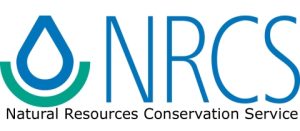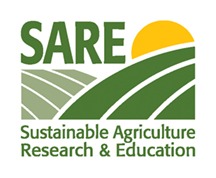Want help managing water resources on your land?
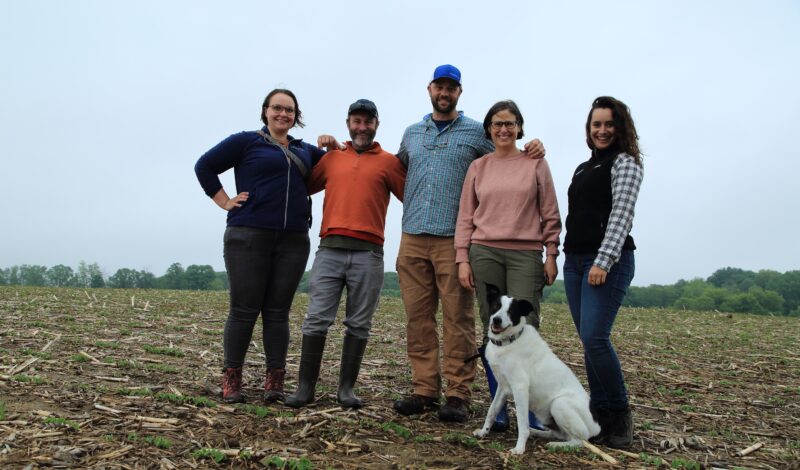
Education and Outreach
With financial support from the Great Lakes Protection Fund, the Savanna Institute and its partners are investing heavily in demonstrating the potential for widespread agroforestry to impact an entire watershed. Demonstration farms being established in Michigan and Wisconsin will be educational hubs for farmers and community members to learn more about the water quality benefits of farming with trees. Here we will conduct research into agroforestry’s full impact on an ecosystem. A series of toolkits created by partners will empower landowners and farmers with best practices and lessons learned on leasing, financing, and tree selection. Plus, our team of media specialists will document the process of establishing a variety of agroforestry practices in different contexts. With this broad set of resources, we will guide farmers each step along their path to planting trees for water quality.
Our Research
Savanna Institute’s Ecosystem Services Team monitors water and soil quality to quantify agroforestry’s impact on the ecosystem. At demonstration farms in Wisconsin and Illinois, we’ve dug 100 cores each one meter deep to track soil carbon. This research will help inform standards for how climate mitigation is quantified across carbon markets.
Join Events Near You
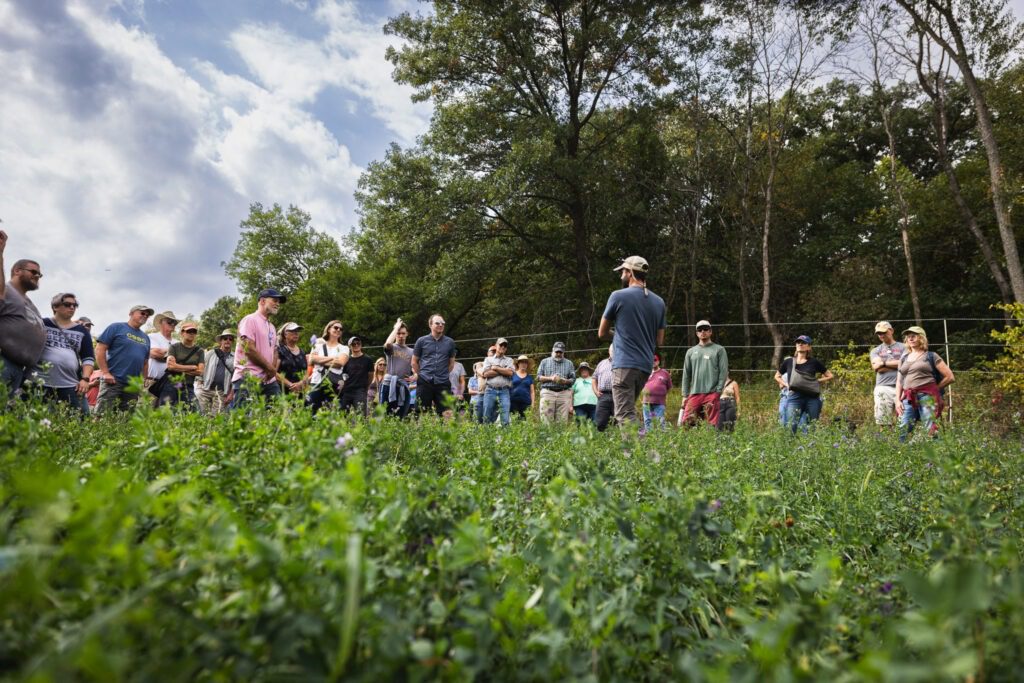
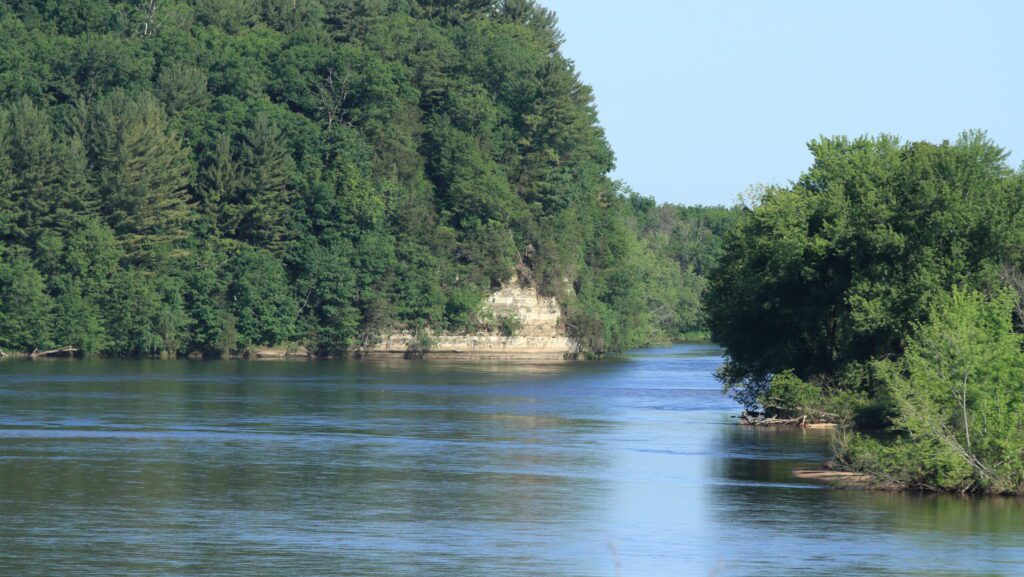
PRESS RELEASE
The Daybreak Fund has announced its inaugural round of funding, awarding some $1.4 million in grants to local nonprofits and community groups to help fight climate change, improve water quality, and address social inequities.
Thank You Partners




